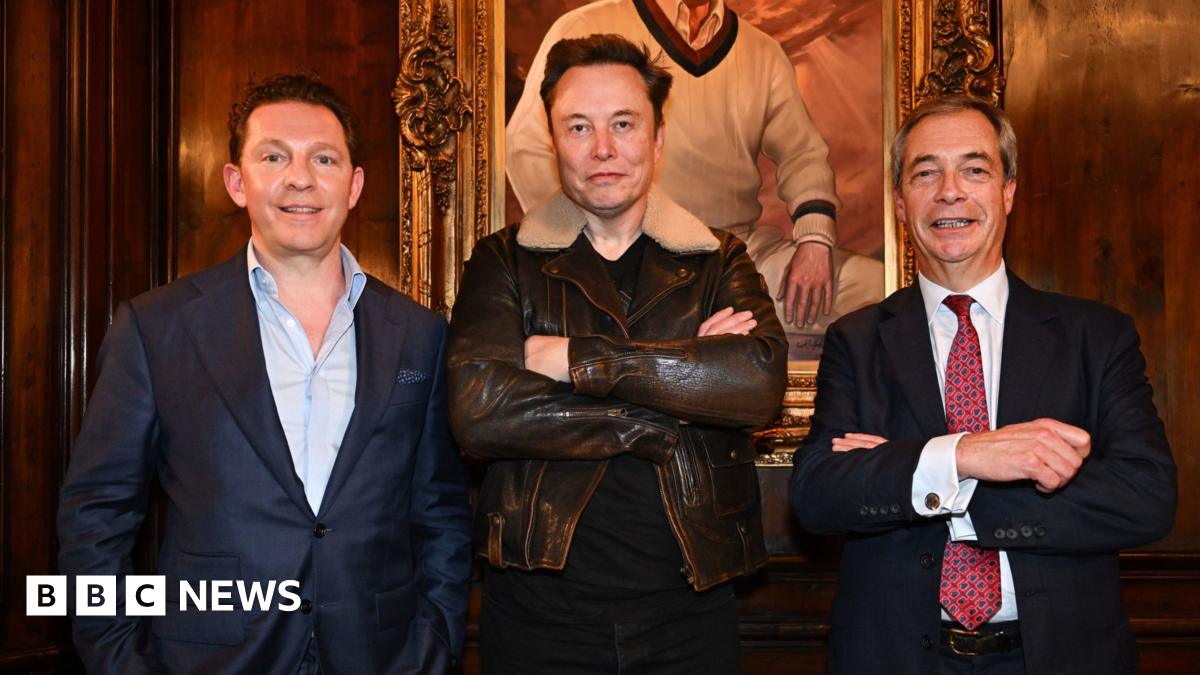World
General election 2024 polls: Latest UK tracker
A month of frenzied campaigning has passed since Rishi Sunak fired the starting gun on a July general election, with only a handful of days now remaining for his party to engineer a desperately needed reversal in fortunes if they are to remain in power.
Labour has been comfortably ahead in the polls ever since Ms Truss left Number 10, and currently enjoys a lead of around 20 points. The gap shows no signs of closing.
With less than a week of campaigning to go, all the major parties have released their manifestos. Reform UK pledged to lift the income tax threshold to £20,000 and take immigrants in small boats back to France. The Conservatives have committed to abolishing National Insurance by the end of a term and introducing a legal cap on migration, to be set by Parliament on an annual basis.
Beyond headline voting intention, here the Telegraph presents detailed analysis of the British public’s thinking: broken down by age group, gender, region, where people stood on Brexit and how they voted the last time the country went to the polls in 2019.
In an exclusive partnership with Savanta, this paper has also been asking the questions that matter most to you.
Unsurprisingly, Labour lead amongst the under-50s, a group they had already convinced at the 2019 election. The Greens perform better amongst the under-25s than with any other demographic, coming second in most polls.
More surprising is the conversion of the middle-aged demographic, of 50 to 64 year olds, to Labour. Until Liz Truss’s premiership this group had tended to lean towards the Conservatives.
The Conservatives now only beat Labour amongst the elderly, a group they recently rewarded with above inflation pension increases. But even this support is waning, with Reform on a trajectory to take one in five votes in the over-65 age group.
Polls suggest the SNP’s hold over Scotland has collapsed, in the wake of Nicola Sturgeon stepping down from the party and a finance probe which led to her husband’s arrest, and then her own.
Labour now beats the SNP in the polls in Scotland, with hopes the election will see a return to form in the country. It was no accident that Sir Keir Starmer launched his campaign from Glasgow.
In London, the Midlands, Wales and the North, Labour’s steady lead continues. In the North, the Tories’ major gains in 2019 have seemingly halved.
Even more alarming for the Conservatives is their loss of support in their political heartlands in the south of England. Here, Labour took the lead in October 2022, and have frequently been 15 points ahead.
The Liberal Democrats, who tend to benefit when the Tories suffer in the south, have not yet seen a major boost in the polls.
In 2019, women were most likely to vote Labour and men most likely to vote Conservative.
In the next elections, polls indicate no such split will exist, with both genders supporting Labour with similar vote shares.
The main division is over Reform, which around one in eight men say they will support compared to just one in thirteen women.
Brexit took centre-stage in the 2019 election, and the promise to “Get Brexit Done” saw Boris Johnson enter Downing Street. And although the UK officially left the EU in 2020, the legacy of Brexit is still felt in the polls.
Leave voters have fled from the Conservatives, but have not necessarily flocked to Labour.
In fact, polls suggest Leave voters are just as likely to support Reform as Sir Keir Starmer’s party.
Meanwhile, Remain voters overwhelmingly support Labour, with the Liberal Democrats, Conservatives and Greens coming second with similar vote shares of around 9 to 13 per cent.
Only Labour voters have remained broadly loyal to their 2019 vote with around 80 per cent of voters likely to support the party again.
The Liberal Democrats have seen their 2019 vote split with Labour, perhaps a sign that their erstwhile supporters are being won over by Sir Keir Starmer’s reforms.
As for the Conservatives, just over half of voters say they’ll back the party again. In second place are Reform, who have thus far managed to steal more than one in five Conservative voters.
The Red Wall has become a key battleground for the Conservatives – the 40 or so seats that are historically Labour-supporting and predominantly Leave-backing, won by the Tories at the last election.
However, if an election were held today, the Conservatives would be decimated, with less than a third of Red Wall constituencies planning to vote Tory.
On their other front, the so-called Blue Wall which represents historically Tory, southern shire constituencies, also faces challenges.
Polling suggests a three-horse race between the Conservatives, Labour and the Lib Dems, something which could benefit the Tories if votes are split between the two opposition parties.









